Top Commercial Real Estate Markets: A Beginner’s Guide for Investors
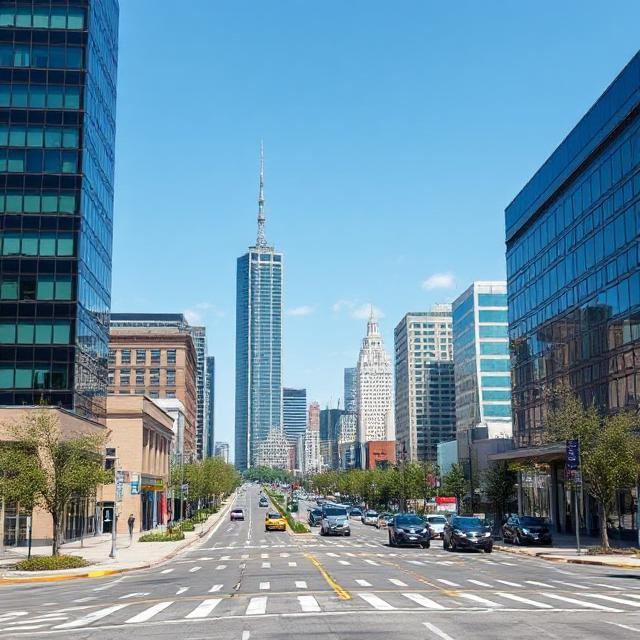
The return-to-office trend, commercial real estate, is gaining traction, with many companies, including some industry leaders, mandating full-time office work, presenting an opportunity for commercial spaces, especially as the tech industry pushes for more remote work.
In the coming year, investors should expect a recovery in multifamily rental units, a shortage of housing inventory, and increased accessibility of commercial spaces due to infrastructure improvements, potentially boosting demand from tenants.
Here’s a more detailed breakdown of these trends:
- Multifamily Rental Unit Recovery:
- The multifamily market is showing signs of recovery, with some markets experiencing stabilization of occupancy rates and a potential reversal of negative rent growth.
- CBRE research suggests that markets with high supply and negative rent growth may soon be on the road to recovery.
- CoStar Group forecasts that as the new apartment supply is absorbed, rents will increase in 2025 and 2026.
- CBRE research signals a reversal of negative rent growth by mid-2025, with property values expected to climb.
- Matthews’ 2025 outlook reflects cautious optimism, with multifamily housing showing early signs of recovery.
- Housing Inventory Shortage:
- The U.S. is facing a shortage of housing units, with estimates suggesting a deficit of millions of units.
- Zillow data shows that the U.S. housing shortage grew from 4.3 million to 4.5 million homes between 2021 and 2022.
- Freddie Mac estimates that the U.S. housing shortage has declined slightly to 3.7 million units based on data through Q3 2024.
- Infrastructure Improvements and Commercial Space Accessibility:
- State and federal plans to improve infrastructure could significantly increase the accessibility of commercial spaces.
- These improvements may lead to increased demand from tenants, as businesses and individuals are able to access commercial locations more easily.
- J.P. Morgan notes that the industrial sector remains a strong performer, while multifamily and retail continue to perform well.
- CRE Daily reports that industrial and logistics properties remain strong performers, driven by robust e-commerce trends.
In 2021 and beyond, warehouses and industrial properties became a promising commercial real estate sector due to the surge in e-commerce, leading to increased demand and property value appreciation, as well as higher average rent prices.
Here’s a more detailed look at the factors driving this trend:
- E-commerce Boom:The rise of online shopping significantly increased the need for warehouses and fulfillment centers to handle the surge in orders and deliveries.
- Increased Inventory Needs:Retailers and e-commerce businesses needed to store more inventory to meet the growing demand and ensure timely deliveries, leading to a higher demand for warehouse space.
- Last-Mile Delivery:The focus on faster delivery times, including same-day and one-day shipping, further fueled the need for warehouses located strategically closer to consumers.
- Supply Chain Disruptions:Supply chain disruptions, such as those caused by the pandemic, prompted companies to hold more inventory, increasing the demand for warehouse space.
- Industrial Property Value and Rent Increases:The high demand for warehouse space led to a rise in property values and average rent prices for these properties, making them attractive investments.
- Adaptation of Existing Spaces:Vacant malls and big-box stores are being repurposed as warehouses and fulfillment centers, leveraging their existing infrastructure and central locations.
- Technology Integration:The integration of technology, such as AI and automation, is becoming increasingly important in warehouse operations to improve efficiency and speed up fulfillment processes.
- Emerging Markets:As major markets become saturated with industrial properties, emerging markets are experiencing a surge in warehouse demand and development.
In the commercial real estate market, cities experiencing strong population growth and net migration, like those in the Sun Belt, are attracting significant investment, while larger metros like Los Angeles and Boston, though with slower growth, remain highly sought-after.
Here’s a breakdown of the key points:
- Sun Belt and Mountain West Markets:Cities in the Sun Belt and Mountain West regions are experiencing strong population growth and net migration, making them attractive for commercial real estate investment.
- Examples of Sun Belt Cities:Austin, Tampa, Orlando, Charlotte, Dallas, Phoenix, and Houston are among the cities experiencing significant population growth and are attracting investment.
- Larger Metro Areas:While larger metros like Los Angeles and Boston may have slower population growth, they continue to be highly sought-after real estate markets and attract capital.
- Factors Driving Growth:The growth in the Sun Belt and Mountain West is driven by factors like migration, job opportunities, and a shift in population to these areas.
- Immigration’s Role:Immigration is a significant factor in the growth of many metro areas, particularly in the South and West.
- Sun Belt’s Economic Growth:The expanding new economy in the West and South may become more important than the Northeast and Midwest and will continue to attract top talent.
- Examples of Cities with Net Migration Gains:Texas, North Carolina, and South Carolina saw the largest gains from domestic migration, while California, New York, and Illinois experienced the largest net domestic migration losses.
- San Francisco, Chicago, Boston, Washington, D.C., and Detroit areas:These areas also saw growth accelerate in the most recent reported year compared with the one that ended in June 2023.
- Los Angeles area:The Los Angeles area flipped from a loss in the earlier period to a small gain.
Trends Affecting The Commercial Real Estate Market
Urban development, encompassing city centers, business districts, and public-private projects, significantly impacts commercial real estate tenant attractiveness, influencing market demand and property values.
Here’s a more detailed breakdown:
- Urbanization and Demand:As cities grow and populations concentrate, the demand for commercial spaces like offices, retail, and mixed-use developments increases.
- Infrastructure and Accessibility:New transportation hubs, improved roads, and public transit routes enhance accessibility, making areas more attractive to businesses and tenants.
- Mixed-Use Developments:Projects that combine residential, commercial, and recreational spaces foster vibrant, walkable communities, attracting both businesses and residents.
- Public-Private Partnerships:Collaborations between the public and private sectors can drive urban growth, address infrastructure challenges, and create sustainable communities, benefiting commercial real estate.
- Smart City Initiatives:Integrating technology into urban infrastructure, such as smart buildings with energy-efficient systems, can attract tech-savvy tenants and enhance the overall appeal of a location.
- Economic Indicators:Factors like employment rates, GDP growth, and the presence of major corporations can influence demand for commercial spaces and property values.
- Revitalization of City Centers:Efforts to revitalize city centers, such as creating new parks, play areas, and vibrant public spaces, can attract businesses and create a sense of place.
- Focus on Secondary and Tertiary Markets:Rising urbanization isn’t limited to major cities. Secondary and tertiary markets are experiencing growth as people and businesses seek more affordable alternatives.
How To Determine The Best Places To Buy Commercial Real Estate
To maximize rental profits, focus on finding properties priced below or at market value, potentially including slightly distressed or even commercial foreclosure properties, as these offer opportunities for deals.
Here’s a breakdown of why this strategy is important:
- Maximizing Profit:Buying below market value ensures a larger profit margin when the property is eventually sold or when rental income is used to cover expenses.
- Distressed Properties:Slightly distressed properties (those needing some repairs or renovations) can be purchased at a discount, allowing for a higher return on investment once the property is brought up to standard.
- Commercial Foreclosure Properties:Commercial foreclosure properties can be a great option for those looking to invest in commercial real estate, as they can be purchased at a significant discount to market value.
- Understanding Market Value:It’s crucial to research and understand the market value of properties in the area you’re interested in to ensure you’re not overpaying.
- Negotiation:Be prepared to negotiate the purchase price, especially when dealing with distressed or foreclosure properties.
- Due Diligence:Thoroughly inspect any property you’re interested in, especially distressed properties, to assess the extent of any needed repairs or renovations.
- Financing:Explore different financing options for your investment property, as this can significantly impact your overall return on investment.
- Wholesaling:If you don’t have the resources to fix up a property yourself, consider wholesaling, where you find a distressed property, put it under contract, and then sell the contract to another investor.
- Online Auctions:Online real estate auctions can be a good way to find below-market investments, as you don’t have to visit the property in person and many online auction sites give you time to line up your financing or wholesale the deal to your end buyer.
Top Fastest Growing Commercial Real Estate Markets
For budget-conscious commercial real estate investors, experts recommend focusing on industrial spaces or multifamily complexes, as these tend to have lower price points compared to retail and office spaces.
Here’s a breakdown of the four main types of commercial real estate:
- Retail:These properties are designed for businesses that sell goods or services directly to consumers, such as shopping centers, strip malls, and individual stores.
- Office:Office spaces include buildings with workspaces for employees and can range from single-tenant to large high-rise buildings.
- Industrial:This category encompasses properties used for industrial operations, like warehouses, manufacturing facilities, and research and development properties.
- Multifamily:These are residential properties with more than one unit, such as apartment complexes, and are considered commercial if they exceed a certain number of units.

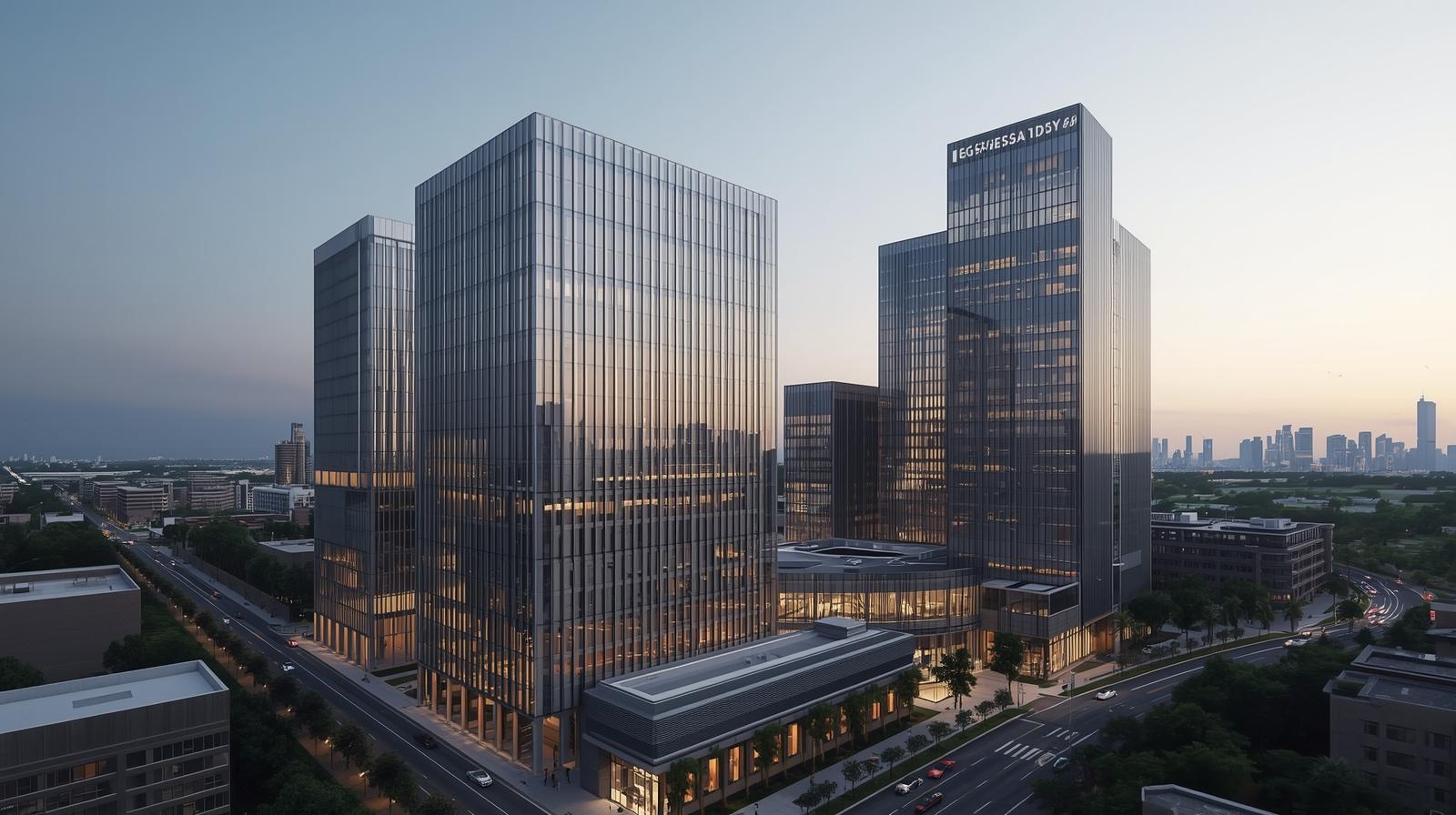
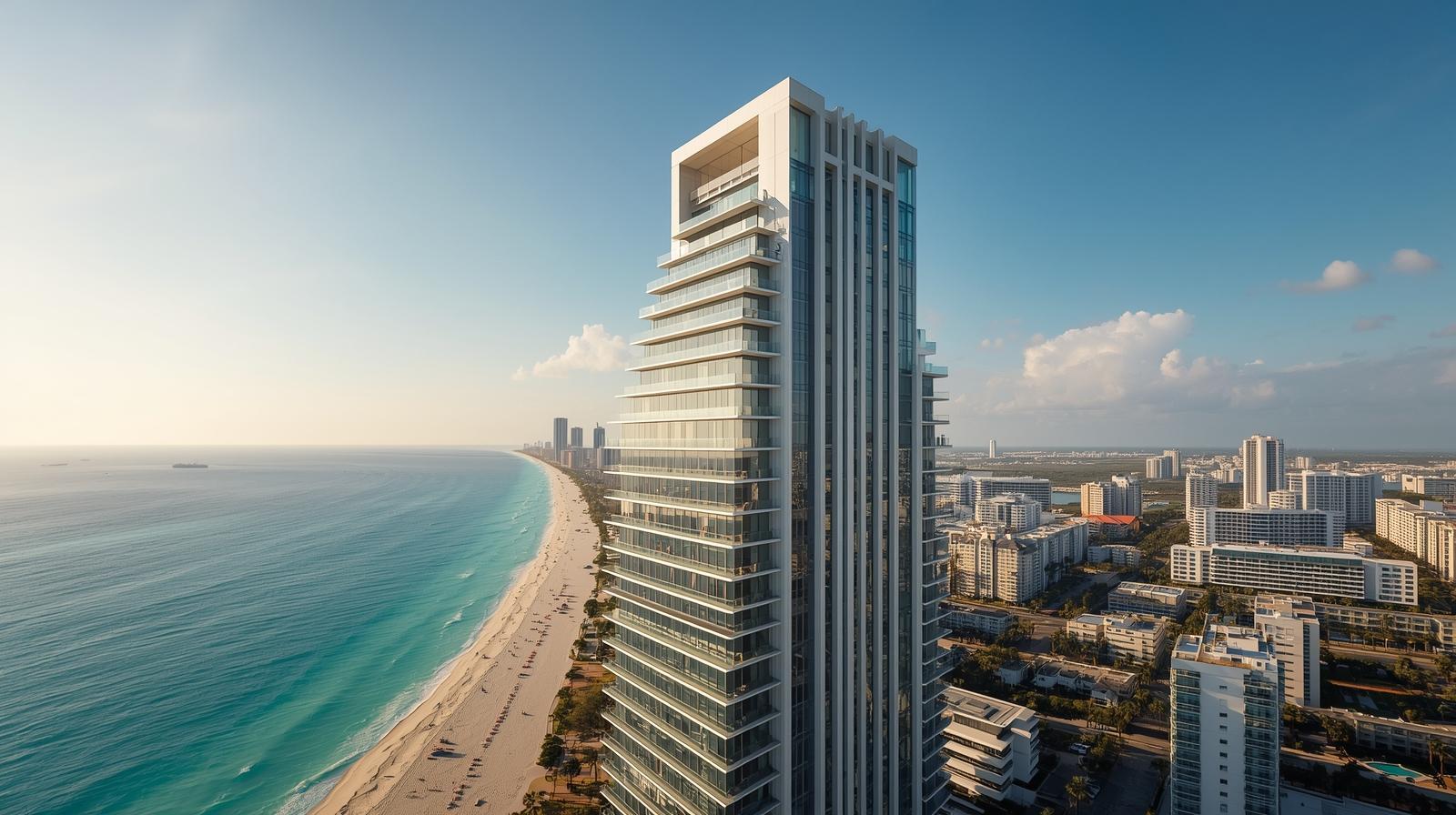
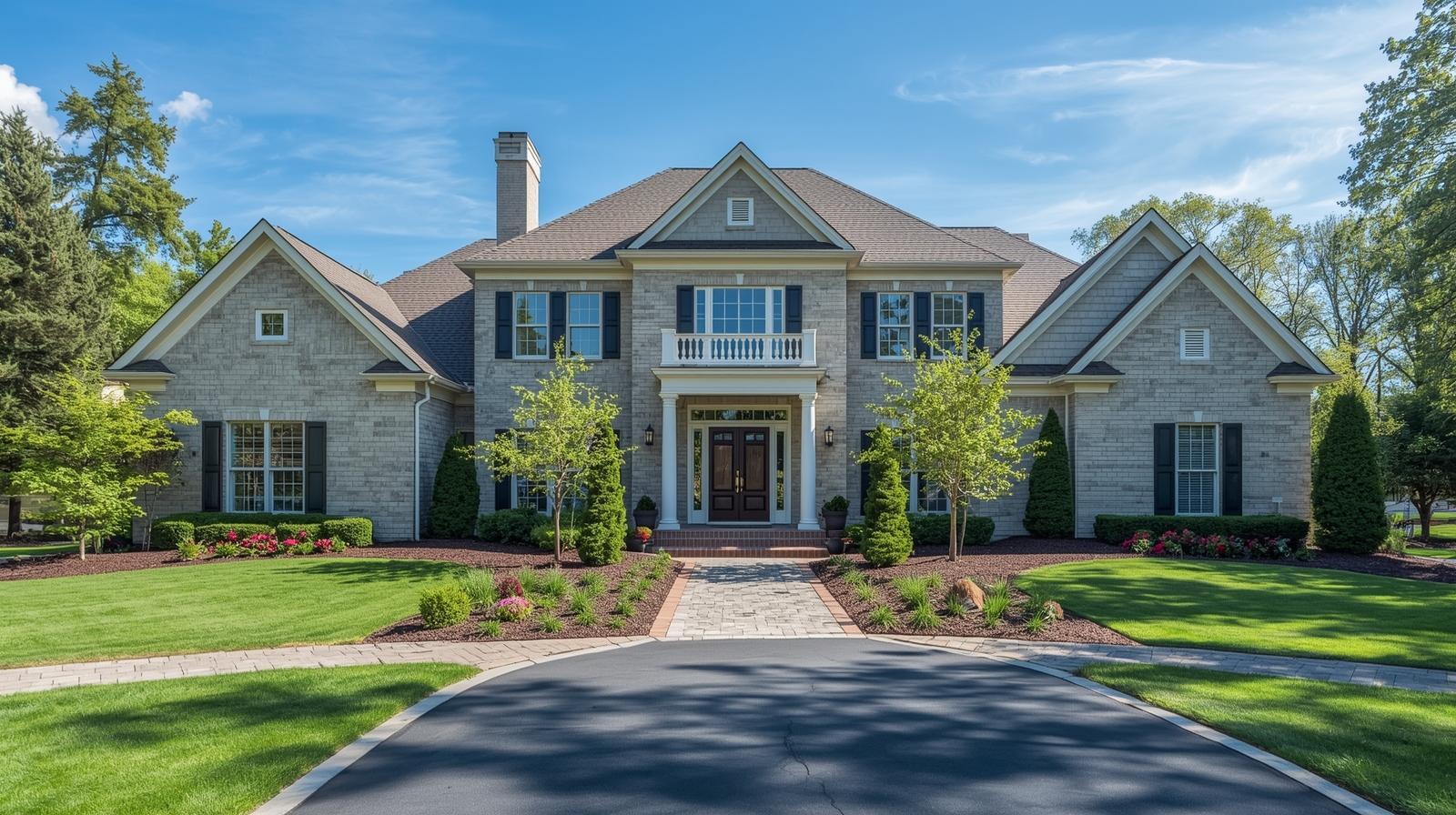
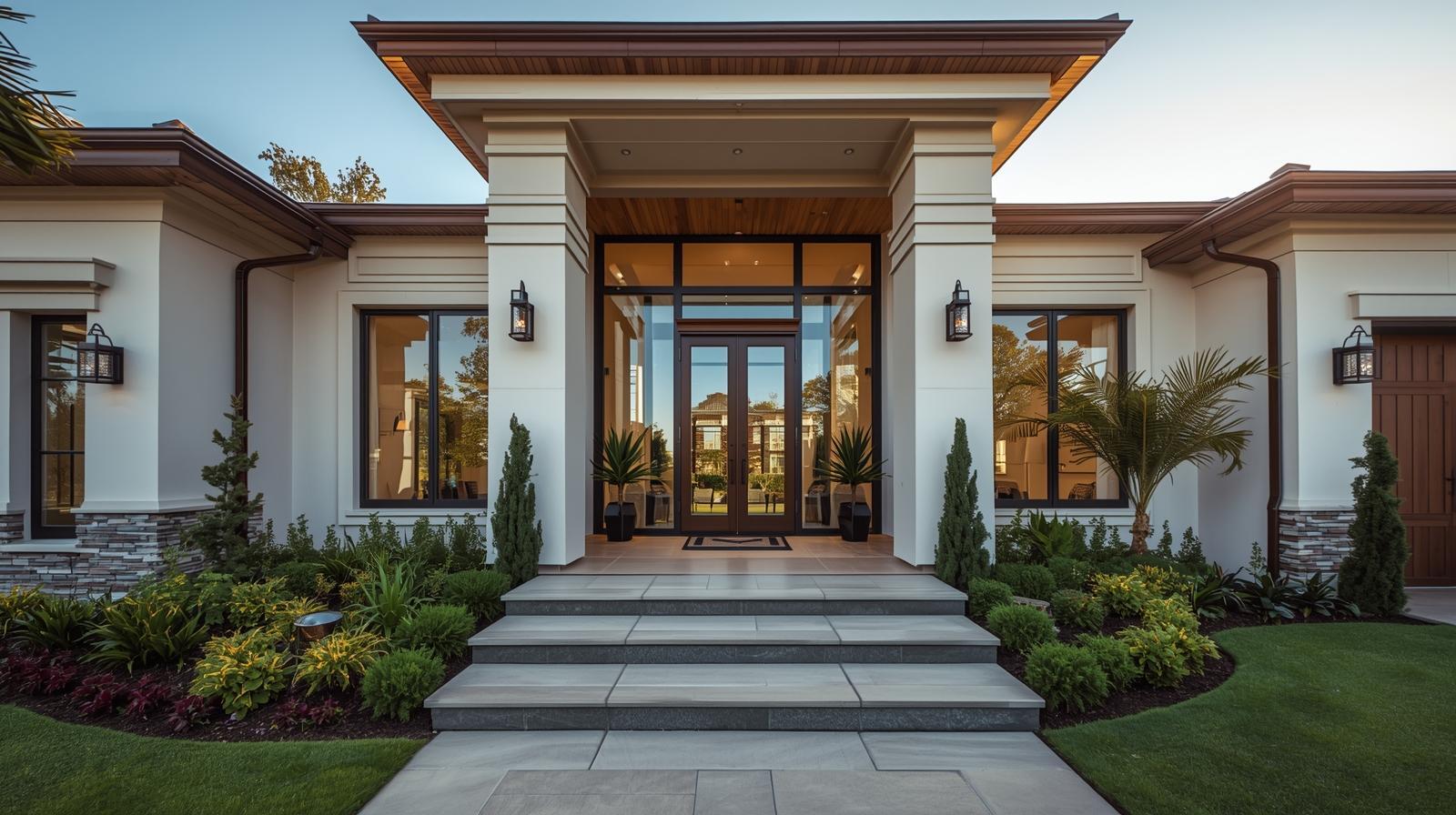
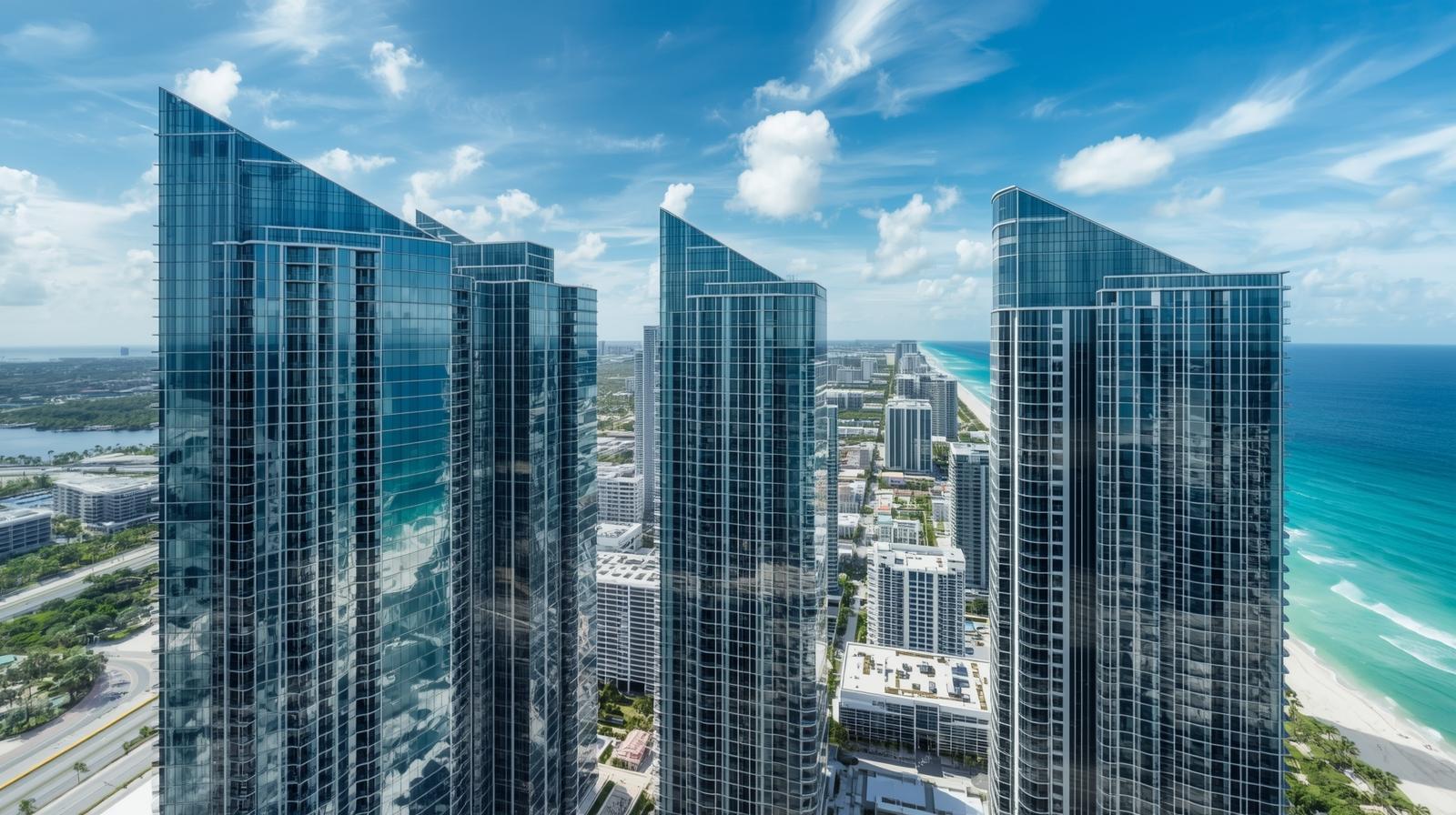




Related Posts